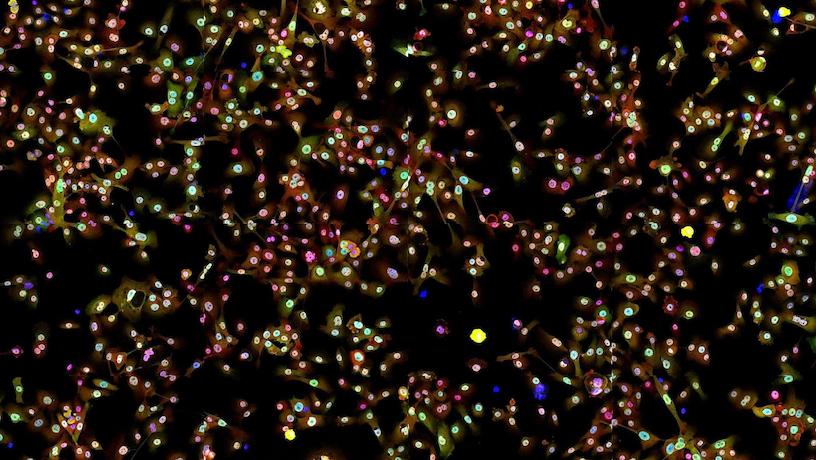A team of researchers from Boston College studied the distribution of a virus which is said to have penetrated the eco-system millions of years ago. This virus was found in the preliminary study of ancient mammals, which suggested that it has spread to almost every continent, except Antarctica and Australia, and transferred from one species to another approximately 20 times. According to the scientists, this virus now affects more than 28 to 50 modern mammals that come from common ancient ancestors, dating back 15 to 30 million years.
From human immunodeficiency viruses (HIV-1 and -2) to human T-cell leukemia viruses, retroviruses are not a new phenomenon and are found abundantly in nature. The new type of virus found by the scientists is called ERV-Fc, which affected mammals, carnivores, primates, and even rodents. The study also determined the approximate time of origin of the virus when it started assimilating in the natural biological system.
Scientists have been able to date it back to the Oligocene epoch, which is most commonly referred to as the time period when the earth went through a dynamic cooling phase, and the glacial climate change brought on the Ice Age. The co-author of the study, Welkin Johnson, Professor of Biology at Boston College, stated, “Viruses have been with us for billions of years, and exist everywhere that life is found. They therefore have a significant impact on the ecology and evolution of all organisms, from bacteria to humans.”
He further explained, “Unfortunately, viruses do not leave fossils behind, meaning we know very little about how they originate and evolve. Over the course of millions of years, however, viral genetic sequences accumulate in the DNA genomes of living organisms, including humans, and can serve as molecular ‘fossils’ for exploring the natural history of viruses and their hosts.”
The fossil remnants have assisted scientists in developing a strong hypothesis about the origin and the dissemination of the ERV-Fc loci. Scientists were mostly curious about how these pathogens developed in the ancient eco-system and which animals they affected and how. Another subject that is under consideration is how this virus was able to adapt to the transformations in the natural environment and climate. The team of scientists performed a complete genome study on the ancient mammals and developed exhaustive sequence databases. They then reconstructed the protein sequence, thus identifying the representation of the virus that colonized a host of different ancient species.
Another interesting area of this research is the researchers’ interest in the evolutionary modifications of the virus, and how they exchanged and transferred genes among each other and other types of viruses. This suggests that their evolutionary role has played a great part in the overall transformation. Lead author, William E. Diehl from the University of Massachusetts, said in a statement, “Mammalian genomes contain hundreds of thousands of ancient viral fossils similar to ERV-Fc.”
He further said, “The challenge will now be to use ancient viral sequences for looking back in time, which may prove insightful for predicting the long-term consequences of newly emerging viral infections. For example, we could potentially assess the impact of HIV on human health 30 million years from now. The method will allow us to better understand when and why new viruses emerge and how long-term contact with them impacts the evolution of host organisms.”







